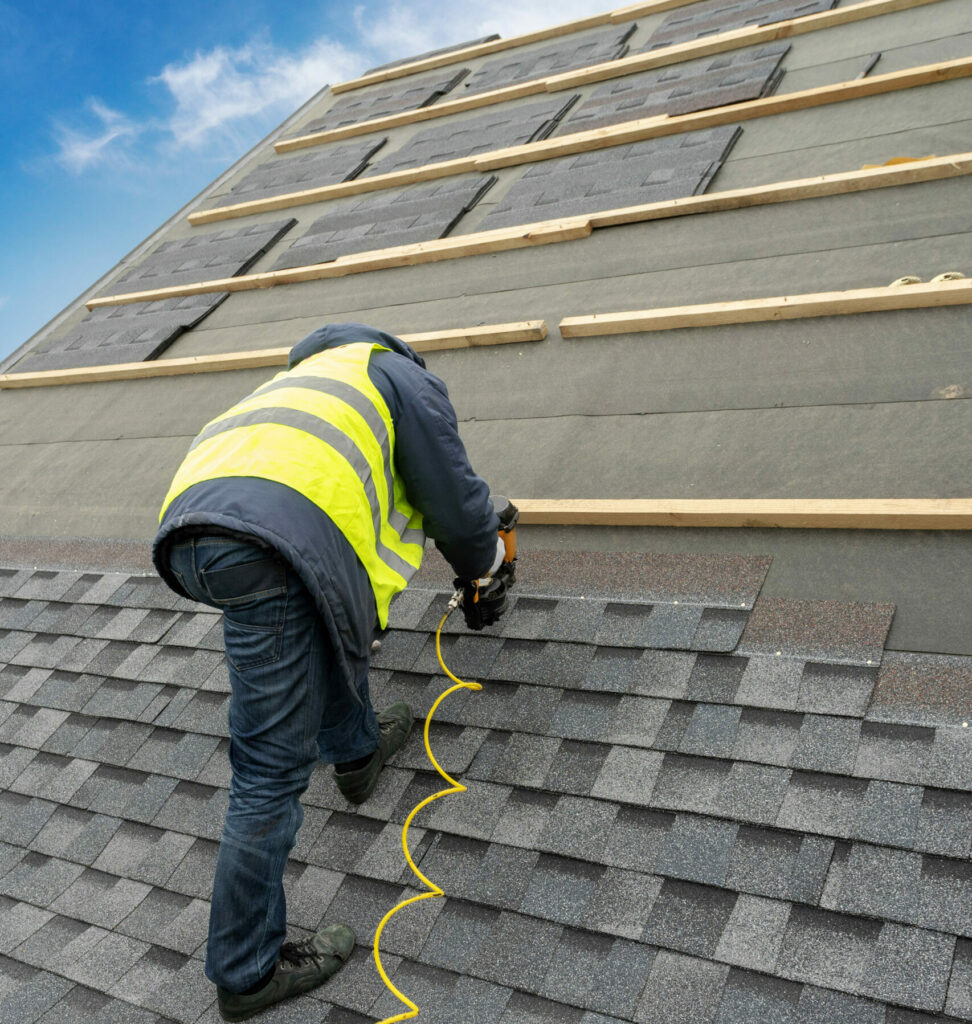
Winter in Williamsport brings challenges for roof safety that homeowners should address to ensure the well-being of their properties. First and foremost, the accumulation of snow on roofs, known as snow load, can pose significant safety risks. Williamsport residents should be proactive in monitoring snow levels on their roofs and consider timely removal to prevent excessive weight, which can lead to structural damage. Hiring a professional roofer in Williamsport for snow removal or using safe and approved methods to clear snow can mitigate the risk of roof collapses and protect both the property and its occupants.
Additionally, ice dams are a prevalent winter hazard that can compromise the safety of roofs. Williamsport homeowners should focus on preventing ice dams by ensuring proper insulation and ventilation in their attics. Adequate insulation helps maintain a uniform roof temperature, reducing the likelihood of snow melting and refreezing at the eaves. Proactive measures such as installing roof heating cables or implementing effective gutter systems can further enhance safety by preventing the formation of ice dams, which can lead to water damage, leaks, and compromised structural integrity during the winter months. Prioritizing these safety measures will contribute to the longevity and resilience of roofs in Williamsport, providing homeowners with peace of mind throughout the winter season.
As winter blankets Williamsport with snow and ice, the picturesque scenes come with hidden challenges for homeowners. One of the most significant concerns during this season is the potential impact on your roof. In this article, we will delve into the ways snow and ice can affect your roof and discuss essential considerations for roofing in Williamsport.
Snow Load:
- The accumulation of snow on your roof, known as snow load, can pose a serious threat to its structural integrity. Williamsport experiences its fair share of winter storms, and understanding the weight capacity of your roof is crucial. We’ll explore the impact of excessive snow load and provide insights into preventive measures such as timely snow removal.
Ice Dams:
- Ice dams are another common issue in colder climates. When snow on the roof melts and refreezes at the eaves, it can create ice dams, leading to water damage and leaks. Learn about the factors contributing to ice dam formation and effective strategies for preventing and addressing this problem in Williamsport.
Freeze-Thaw Cycles:
- The fluctuating temperatures characteristic of Williamsport’s winters contribute to freeze-thaw cycles. This continuous expansion and contraction can weaken roofing materials over time. We’ll discuss the implications of freeze-thaw cycles and offer advice on selecting roofing materials that can withstand the region’s climate.
Roof Ventilation:
- Proper roof ventilation is crucial in combating the effects of snow and ice. In Williamsport’s winter, a well-ventilated attic helps maintain a consistent temperature on the roof, reducing the risk of ice dam formation. Discover the importance of ventilation and how it contributes to the overall health of your roof.
Winter Roof Inspections:
- Regular roof inspections, especially before and after the winter season, are imperative. We’ll highlight key areas to inspect for potential issues caused by snow and ice, empowering homeowners in Williamsport to take proactive measures in maintaining a sturdy and resilient roof.
Frequently Asked Questions:
- Does ice damage your roof?
After several days of melting-freezing cycles, it’s common for the melted water and ice to work up under the shingles until water enters the attic and eventually does damage to the ceilings, wall and contents. - Is snow on the roof good or bad?
A snow-covered roof means your attic is doing its job. Also keep an eye out for icicles — another sign of heat loss. If your roof is warm enough to melt the snow but it’s cold enough outside for snow to refreeze, your roof is losing heat. That’s not healthy for your energy bills or the environment. - What is the best roof against snow?
Cement roofing isn’t as common, due to its high price, but it’s one of the best roofing materials to have for protecting against the snow. Cement is one of the strongest roofing materials available, and it’s capable of holding a large quantity of snow and ice, while also protecting against heavy winds.
Conclusion:
While the winter wonderland in Williamsport is a sight to behold, it’s essential to be aware of the potential threats that snow and ice pose to your roof. By understanding these challenges and implementing preventive measures, you can ensure your roof remains in top condition throughout the winter months. Stay informed, stay vigilant, and safeguard your home with the right knowledge about roofing in Williamsport.
